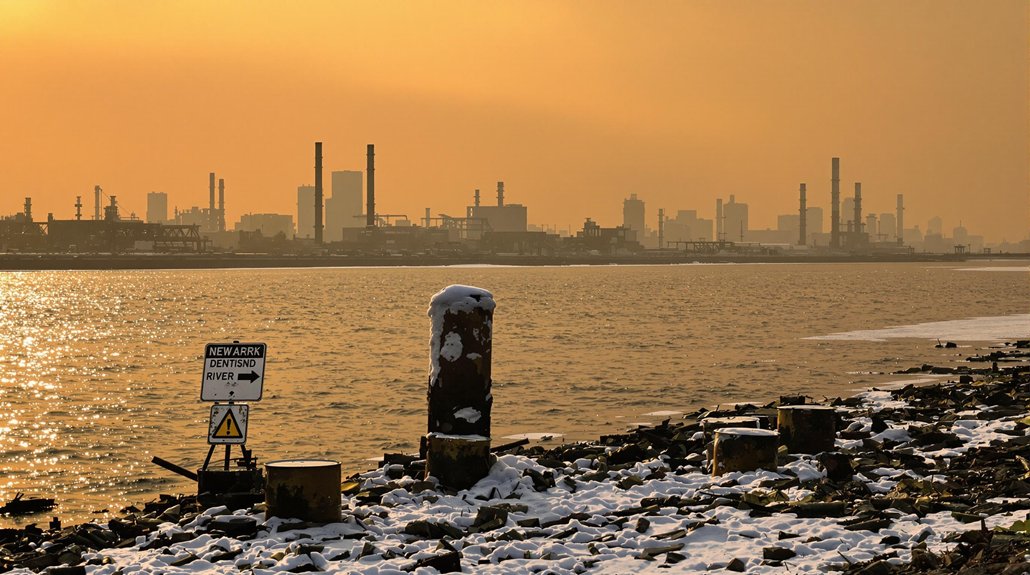In Michigan’s largest city, a stark divide exists in who gets reliable power and who doesn’t. DTE Energy, which serves 2.3 million electric customers across southeastern Michigan, has left many Detroit neighborhoods behind. Data shows that low-income and majority-Black areas experience more frequent outages and slower repairs than wealthier parts of the city.
The energy terrain in Michigan has changed dramatically over the past decade. Natural gas has risen from just 12% of electricity generation in 2013 to 46% in 2023. Coal’s role has shrunk to 19%, with thousands of megawatts of capacity shut down since 2020. Meanwhile, nuclear power’s contribution has dropped after the closure of major plants, including Palisades in 2022.
Despite these shifts, not all communities have benefited equally from utility investments. Historic underinvestment in Detroit’s poorer neighborhoods has left them with aging infrastructure that breaks down more often. When storms hit, these areas typically wait longer for power restoration, creating a pattern of inequality in essential services.
The economic burden falls heavily on those least able to pay. Low and moderate-income Detroit households spend a much larger percentage of their income on energy bills compared to state and national averages. High rates and inefficient housing create a perfect storm of energy poverty. These neighborhoods could benefit significantly from renewable alternatives as costs for technologies like solar continue to decrease.
Detroit’s vulnerable residents are crushed beneath energy costs, sacrificing basic necessities just to keep their lights on.
When bills go unpaid, the consequences are severe. Utility shutoffs happen more frequently in areas with high unemployment and older housing. Many families must choose between keeping their lights on or meeting other basic needs like food and medicine.
While DTE Energy maintains an extensive network of power distribution systems and gas lines, the benefits of this infrastructure aren’t reaching all customers equally. With a debt-equity ratio of 1.97, DTE’s financial structure prioritizes shareholder returns over infrastructure improvements in underserved areas. Investors tracking these utilities can access real-time data through Nasdaq Last Sale Data to monitor market responses to these disparities. The company’s investment decisions often favor wealthy neighborhoods, leaving behind communities that have already faced decades of disinvestment.
For thousands of Detroit residents, reliable energy isn’t just a convenience—it’s a luxury they can’t access.








